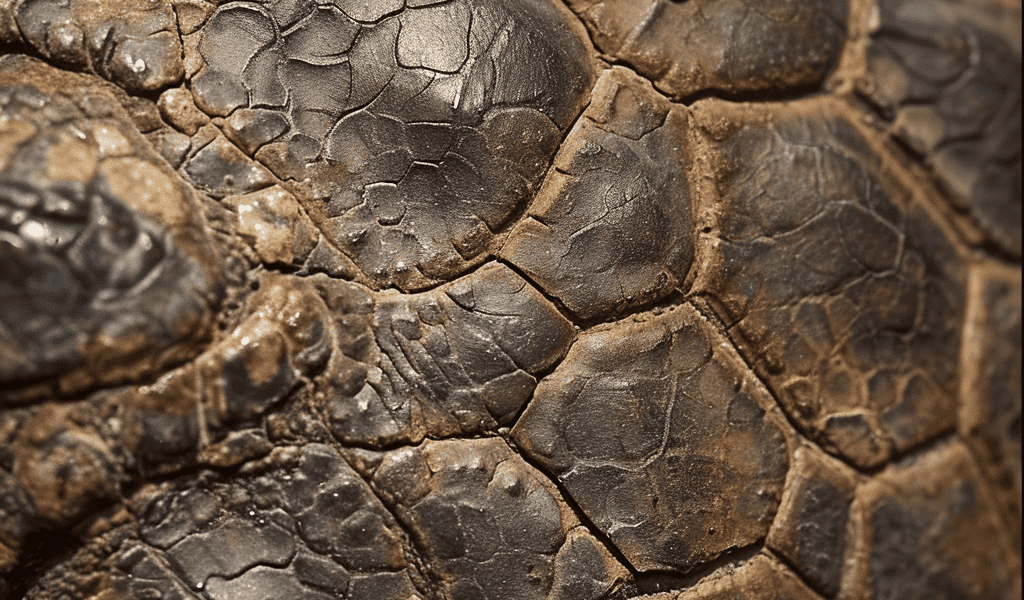A rare and remarkable discovery has shed new light on the ancient history of reptiles, as researchers have identified the world’s oldest known fossilized skin. The fragment of reptile skin, resembling that of a crocodile, was found in a limestone cave in Oklahoma, United States, and is estimated to be at least 130 million years older than any previously known skin fossil.
The groundbreaking findings were made by researchers from the University of Toronto Mississauga, who described the skin fragment as having a pebbled surface similar to that of a crocodile. Dating back to around 289 million years ago, this remarkable discovery is the oldest known sample of a preserved epidermis, the outer layer of skin on terrestrial reptiles, birds, and mammals. The epidermis is considered to be a crucial evolutionary adaptation in the transition to life on land.
Ethan Mooney, a paleontology graduate student at the University of Toronto and the first author of the study, expressed his excitement about the exceptional opportunity to glimpse back into deep time. He emphasized that such discoveries can significantly enrich our understanding and perception of these pioneering animals.
According to study coauthor Robert Reisz, a biology professor at the University of Toronto Mississauga, finding fossilized skin is extremely rare due to the rapid decomposition of the largest organ in the body after an animal dies. However, the unique conditions of the Richards Spur limestone cave system, where the sample was found, played a crucial role in its preservation. The cave’s chemistry, water, and the presence of hydrocarbons contributed to the exceptional preservation of the skin, which was likely buried in fine clay sediments, slowing decomposition, and then interacted with hydrocarbons in oil that seeped through the site.
Most of the samples in the cave were bone and easily recognizable, but the delicate skin fossil, measuring about a quarter of a millimeter in thickness or less, stood out as a unique and unexpected find. The team found epidermal tissues during microscopic examination of the tiny skin fossil, which was smaller than a fingernail, leading to their astonishment at its remarkable preservation.





